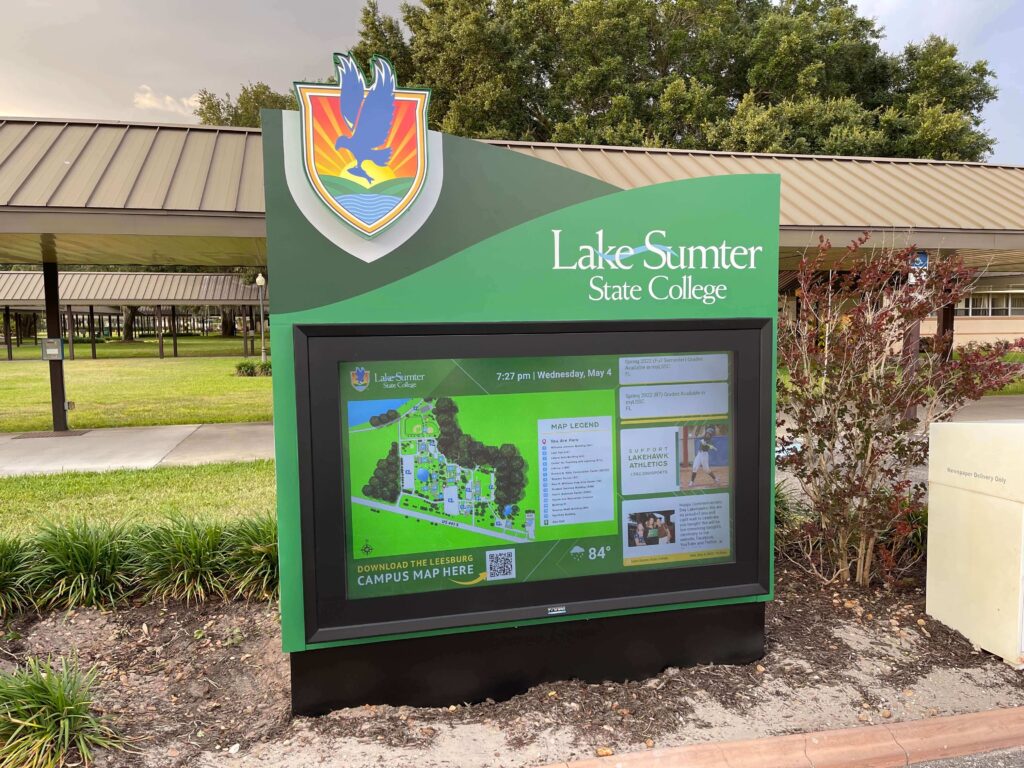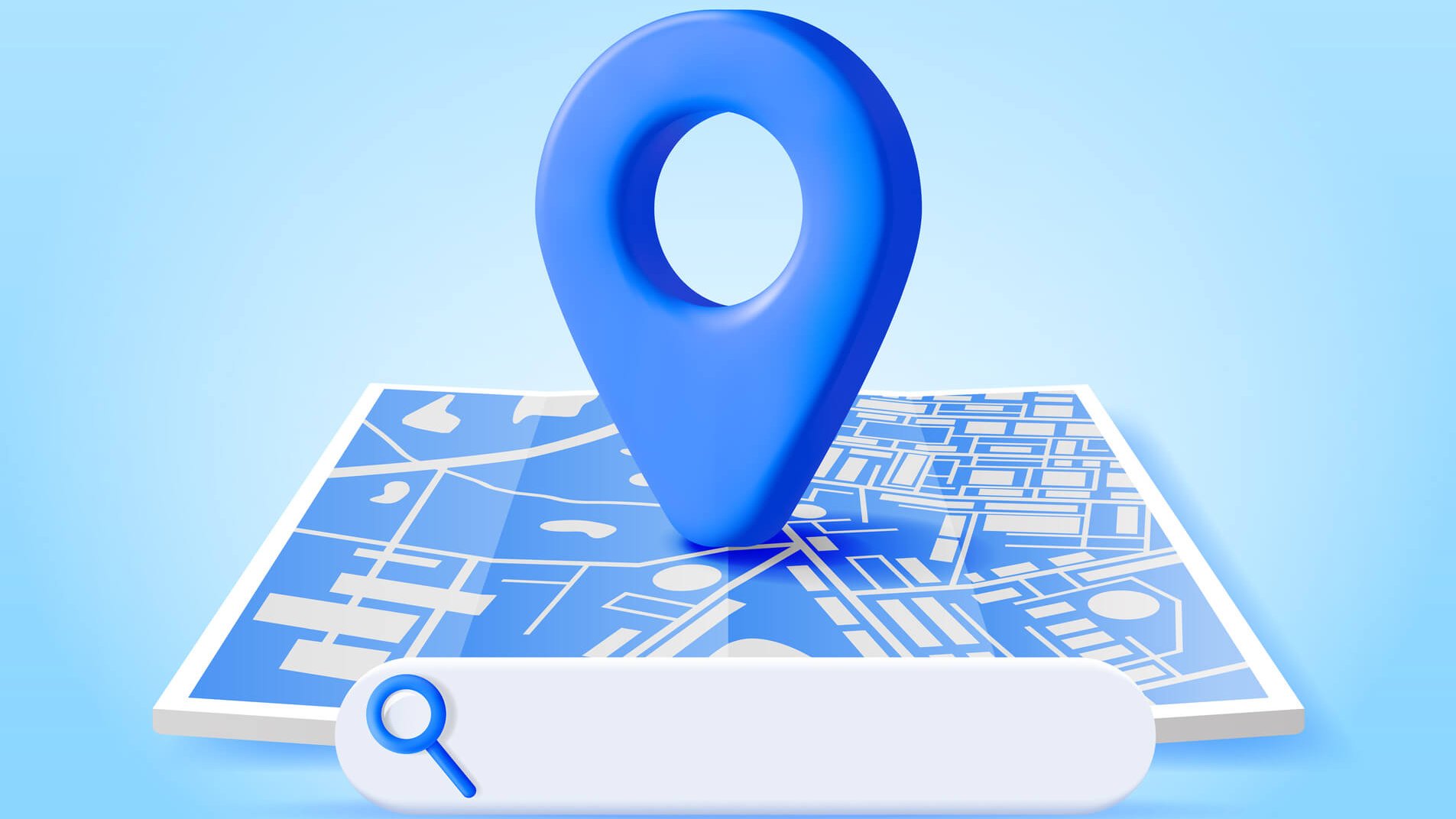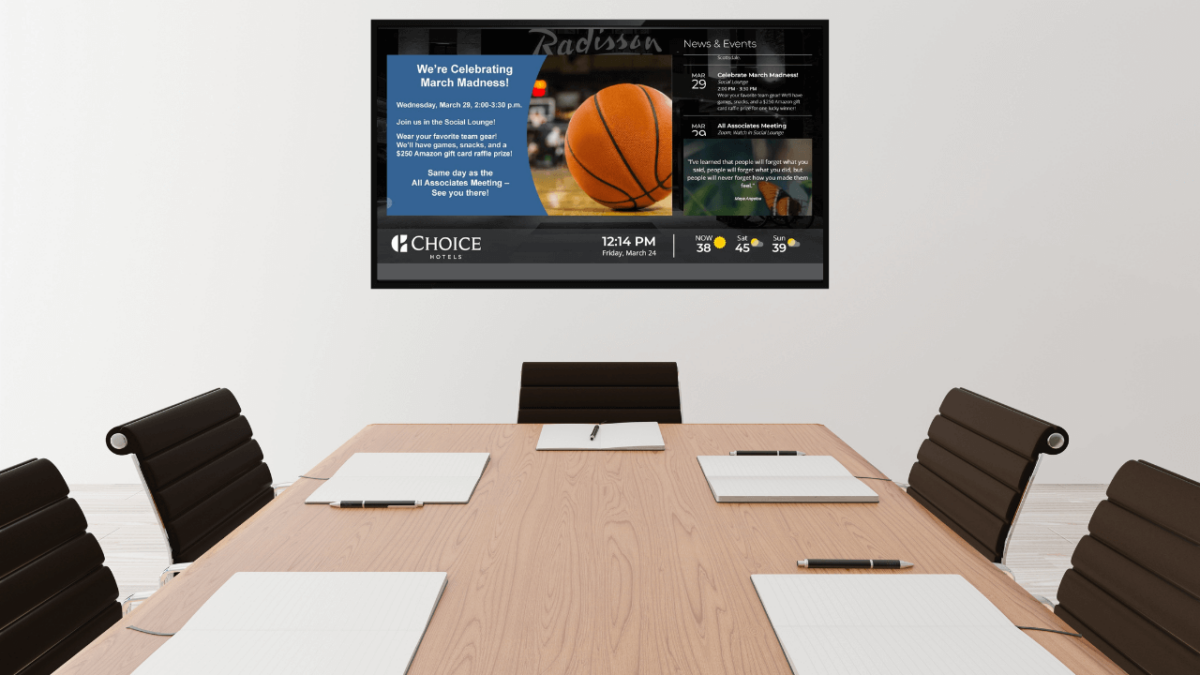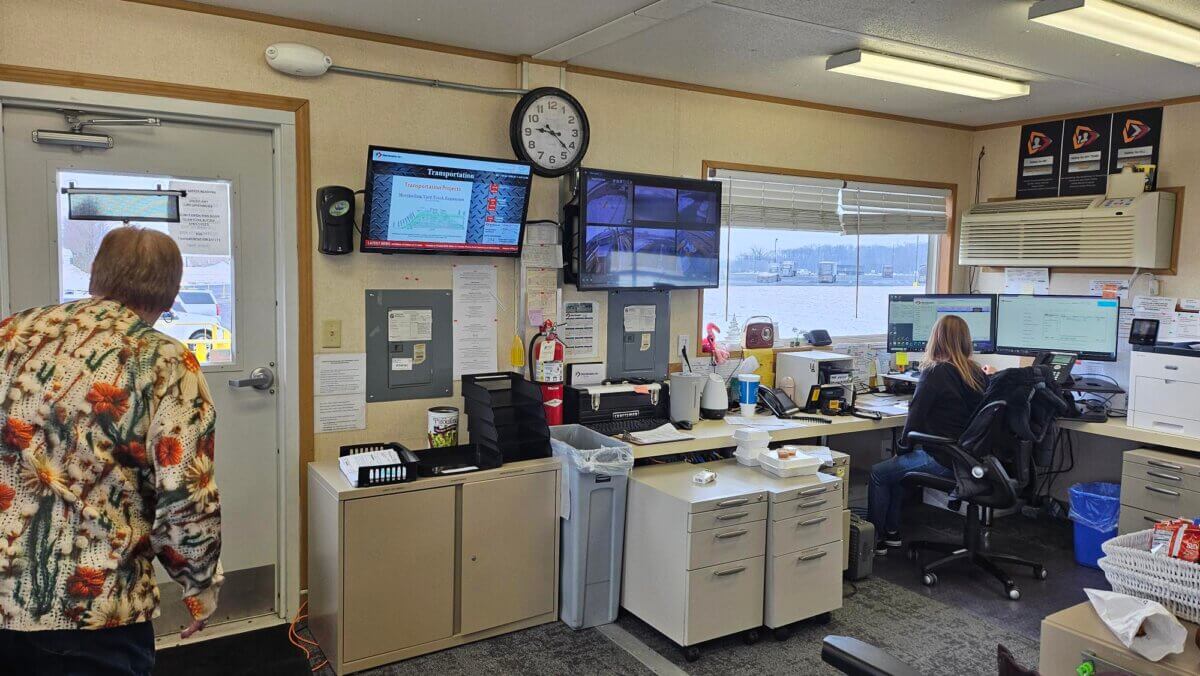IT’S ALL ABOUT LOCATION
There’s an old saying “If there’s great content but no one to see it, does it actually exist?” At least, we’re pretty sure that’s how it goes. Regardless, it is important to consider where your displays will be located in order to achieve the most success. However, this extends far beyond simply ensuring it will be in highly populated areas. The purpose, weather, distance, and height are additional factors that need to be examined when placing your signage. Even more importantly, the content you plan to build for these displays directly affects where your screens should be located. To see the most success, a plan must be in place beforehand. That’s why we’ll go over everything you need to consider when choosing a digital signage location. Looking to try digital signage out yourself? Click here to get started!
CHECKING THE PHYSICAL SPACE
Before installing any sort of equipment, it is essential to survey the surrounding area for potential hazards or other challenges. Obviously, the most common example of this would be ensuring your signage is placed in targeted, high-traffic areas. This not only guarantees your signage is not just seen, but that it’s seen by the right people. The content you create is made to appeal to your target audience and inspire them to take some sort of action. With that in mind, it’s important to place your monitors in areas where people in this demographic will conglomerate. This often includes lobbies, breakrooms, waiting rooms, cafes, and similar areas. While this all may seem self-evident, a surprising amount of people will forgo high-traffic areas in favor of installations on wider, sturdier surfaces, network concerns, wiring issues, and so on. That is why it is important to survey the physical space first.
However, surveying the area also will help you analyze other outside factors that can impact the effectiveness of your signage. For instance, placing it directly in front of a window may result in glare during the day or cause overheating issues for the display. This can be remedied with anti-glare glass and moving it to shadier areas. Depending on the layout of your facility, you may also have to consider the height and distance of your displays. Certain viewing angles are ideal for attracting and maintaining attention, and distance can affect the clarity of your announcements. We recommend a viewing angle of 75 degrees below eye level and 60 degrees above eye level. The distance of these displays should be around 7-10 feet. Adhering to both of these guidelines creates a comfortable viewing experience that encourages prolonged viewing. This in turn results in them seeing all the announcements you push to your displays.
BE MINDFUL OF CONTENT
We mentioned previously how your content is built for a specific audience and purpose. This directly affects the success of your signage as your content must appeal to the needs of your viewers. As you may expect, location directly affects how this content should be portrayed. For instance, a local community center may have a rec center, a pool area, and a cafe. While it could result in some cross-promotion opportunities, it would not usually make sense to promote a sale of nachos at the rec center. The same can be applied when promoting swim lessons within your cafe menu. The message you try to convey affects the location your displays should be placed around. Generally, you want the location of your screens to match the theme of the content you will present. This is the first thing you must consider before installing monitors. Without a clear idea of what your screens will display, you may end up installing a screen in at a site that doesn’t provide an adequate ROI.
ACCESSIBILITY IS SUCCESS
Accessible digital signage is all about making sure your viewers are able to approach your signage and view it from comfortable, safe distances. As we’ve discussed, maintaining an angle within 75 degrees below and 60 degrees above eye level, ensures comfortability while a distance of 7-10 feet allows for proper viewing. But exceptions can be made depending on the type of content being displayed and the restrictions of your facility. For example, a restaurant may place signage behind a counter or cash register, which could make it “inaccessible” by most standards. However, this is actually the best location for such a display as it’s where customers will be coming to order food and drinks. So, while it may be out of reach from viewers, it is still serving its purpose.
However, the opposite can be true as well. Many college campuses and universities, such as the use case seen at Lake-Sumter College, will allow viewers to go right up to their signage for certain tools. For instance, hospitals and universities will include wayfinding apps to help visitors navigate large campuses. Some even have interactive kiosks that allow users to touch the screen. These types of displays give viewers direct control over their signage experience and require more direct accessibility. Some of these displays can even be found outside! With this in mind, it is important to consider how accessible you want your signage to be to viewers before installation as well.

ABOUT REACH
REACH acts as both a hardware and software provider for digital signage. When you partner with REACH, you join a network of industry professionals committed to your success. A strong belief in evolving technologies runs throughout the company, resulting in robust digital solutions. To begin your digital signage journey, click the button below to request a free demo from REACH today!



